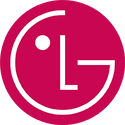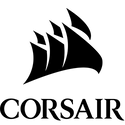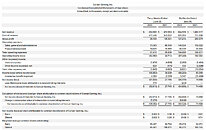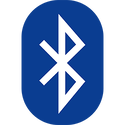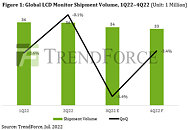
NVIDIA GeForce RTX 4090 16 GB Laptop SKU Spotted in Next-Gen HP Omen 17 Laptop
According to the well-known hardware leaker @momomo_us, HP is preparing the launch of its next-generation Omen 17 gaming laptops. And with a new generation of chips coming to consumers, HP accidentally made some information about laptop SKUs public. Four models are listed, and they represent a combination of Intel's 13th-generation Raptor Lake mobile processors with NVIDIA's Ada Lovelace RTX 40 series graphics cards for the mobile/laptop sector. The four SKUs are: CM2007NQ/CM2005NQ with Core i7-13700HX & RTX 4060 8 GB; CM2001NQ with Core i7-13700HX & RTX 4070 8 GB; CK2007NQ/CK2004NQ with Core i7-13700HX & RTX 4080 12 GB; CK2001NQ with Core i7-13700HX & RTX 4090 16 GB.
The most exciting find here is the appearance of the xx90 series in the mobile/laptop form factor, which has not been the case before. The GeForce RTX 4090 laptop edition is supposedly equipped with 16 GB of VRAM, and the GPU SKU should be a cut-down version of AD102 GPU adjusted for power and clock constraints so it can run within a reasonable TDP. With NVIDIA seemingly giving its clients an RTX 4090 SKU option, we have to wait and see what the CUDA core counts are and how clocks scale in a more restricted laptop environment.
The most exciting find here is the appearance of the xx90 series in the mobile/laptop form factor, which has not been the case before. The GeForce RTX 4090 laptop edition is supposedly equipped with 16 GB of VRAM, and the GPU SKU should be a cut-down version of AD102 GPU adjusted for power and clock constraints so it can run within a reasonable TDP. With NVIDIA seemingly giving its clients an RTX 4090 SKU option, we have to wait and see what the CUDA core counts are and how clocks scale in a more restricted laptop environment.





























